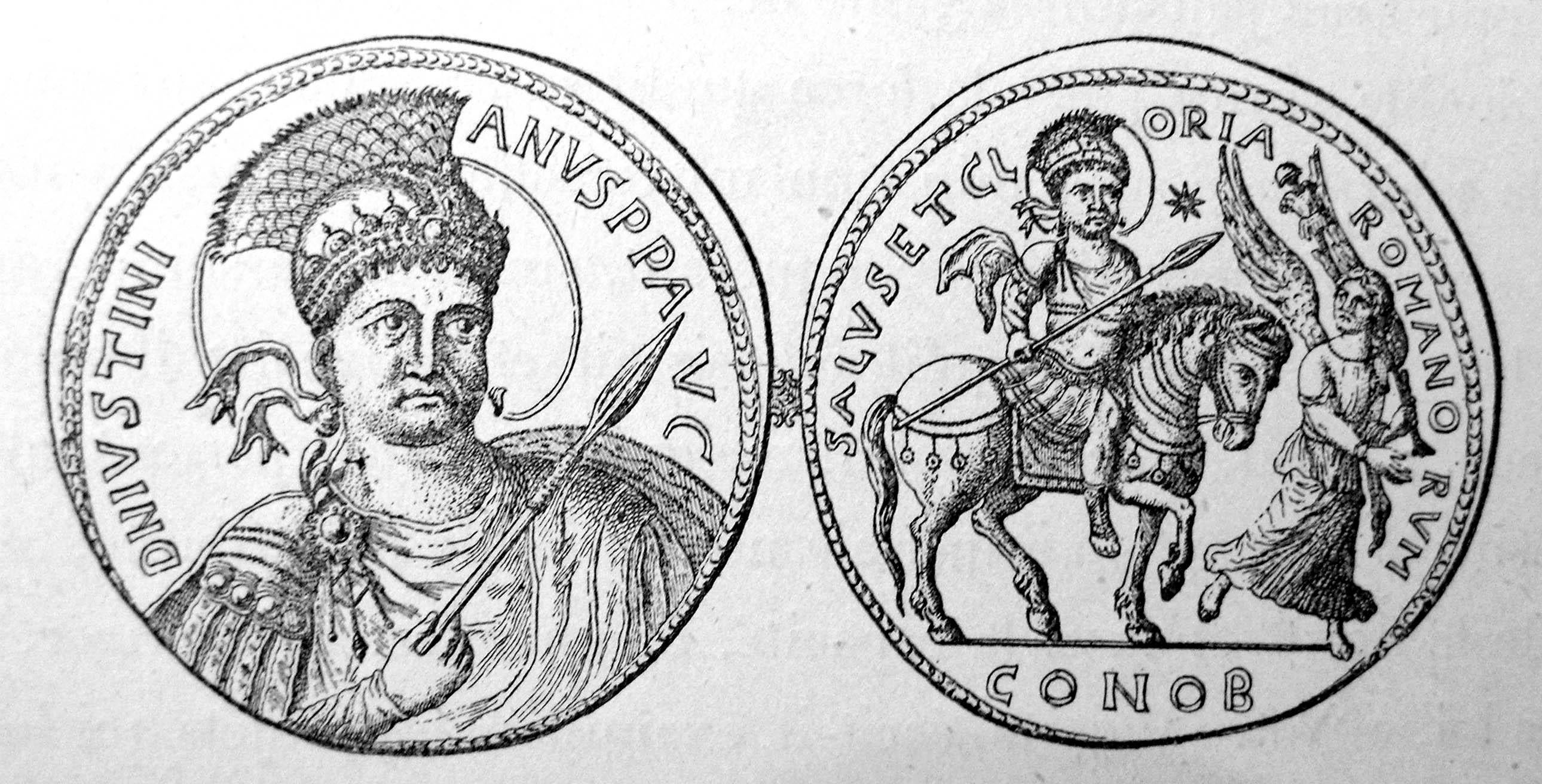This question originally appeared on Quora, the best answer to any question. Ask a question, get a great answer. Learn from experts and access insider knowledge. You can follow Quora on Twitter, Facebook, and Google Plus.
Answer by Tim O’Neill, 20-plus years of studying various aspects of Roman history:
The Eastern Roman Empire did take back large swathes of the most important and most valuable territory, in north Africa, Italy, and parts of Illyria. From 533 to 554, Eastern Roman generals waged a long series of wars against the Vandal Kingdom in Africa and the Ostrogothic Kingdom in Italy as part of the Emperor Justinian’s attempt to win back the key territories of the former Western Empire to Roman control.
Initially, Justinian’s armies under Belisarius were spectacularly successful. The Vandal Kingdom collapsed in a lightening campaign that saw the Romans defeat what seem to have been larger Vandalic forces by superior tactics and discipline. In just one year of campaigning, all of northern Africa and Sardinia had been returned to Roman control by 534.
Encouraged by this result, Justinian sent Belisarius to invade Ostrogothic Italy the very next year. The Ostrogoths had long been ruled by their powerful king Theodoric the Great, who had come to dominate Italy, parts of Illyria, and wield a level of control over parts of Gaul and Spain. His rule had been an extended period of relative peace and prosperity after the turmoil of the end of the Western Empire, and he ruled Italy from Ravenna much as the former emperors had done—building great churches and amphitheaters repairing aqueducts and sponsoring scholars and so on. But on his death in 526, he was succeeded by his infant grandson, Athalaric, and his regent queen mother, Amalasuntha. This situation proved unstable when Amalasuntha was overthrown by her cousin Theodahad in 534, and Justinian saw his chance to exploit the Ostrogoths’ weakness.
Initially the campaign went well, and Sicily and Dalmatia fell to the Romans in 535. But the Ostrogoths soon deposed Theodahad and elected a new king, the warrior Witiges, who soon proved a tougher opponent for Belisarius. The war dragged on for several years, with the city of Rome coming under siege no less than three times between 535 and 540. Belisarius’ rival general, the eunuch Narses, joined the campaign and dissent between these two caused problems for the Roman campaign. Things became even more confused in 539 when the Franks invaded from Gaul and defeated both the Ostrogoths and the Romans in the same battle before having to withdraw due to an outbreak of disease.
Eventually Belisarius wore down Witiges and captured the Gothic capital of Ravenna in 540. This seemed like the end of the war, but the Goths were not yet beaten. The elected a new king, Totila, and he led a massive resurgence of Gothic resistance. The war dragged on for another 10 years, with catastrophic effects on the local population. Eventually, the exhausted Ostrogothic armies were finally defeated by Narses in 553, but then Romans then had to fend off an invasion by Franks and Alemanni in the same year.
Despite nearly 20 years of fighting, numerous battles, massive casualties, and huge expense, Justinian was simply not able to hold the territory he had reconquered. He could no longer afford to keep sufficient troops in Italy and Africa, and he needed his armies closer to home to fend off other invaders. The long Gothic Wars had wrecked Italy, contributing to the depopulation of vast areas and leaving the peninsula greatly impoverished and former cities, buildings, and monuments ruined for centuries to come.
When the Lombards invaded in 568, the Romans gave up most of their territory, keeping only the narrow strip of the Exarchate of Ravenna and Sicily and eventually losing those territories to new invaders as well. As modern historians such as James J. O’Donnell argue, Italy was still a fairly rich and prosperous place under the Ostrogoths and had recovered well from the upheavals of the fifth century. But it was Justinian’s Gothic Wars and attempts at reconquest that left Italy in ruins, open to invaders from all directions and massively reduced in population.
More questions on Quora:
- History of Europe: What was the real reason that so many people were tortured and executed for the crime of being a witch during the sixteenth and seventeenth centuries?
- Roman Empire: Assuming they were geographically close, who would win in a war between the peak armies of the Roman Empire and the Han Dynasty of China?
- Ancient History: What is the most epic historical battle ever?
